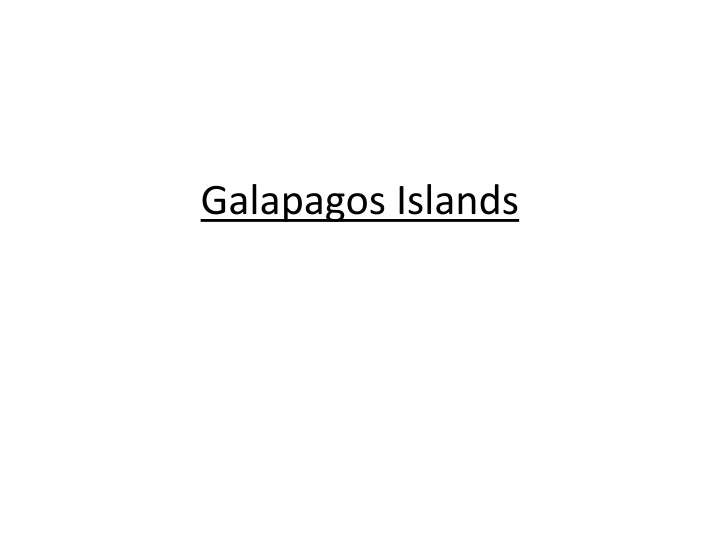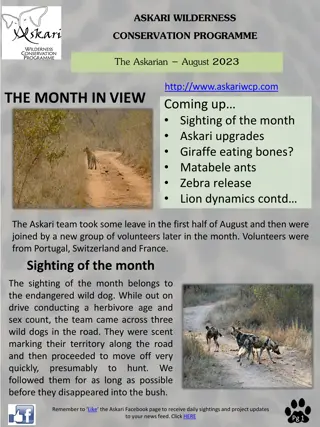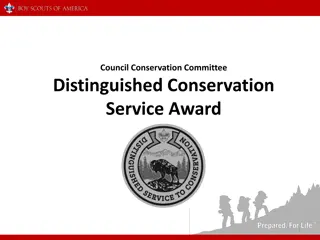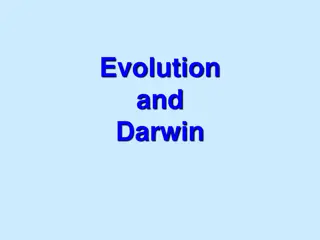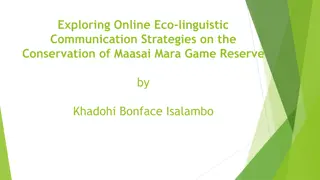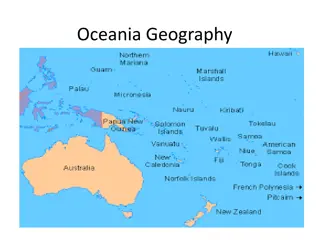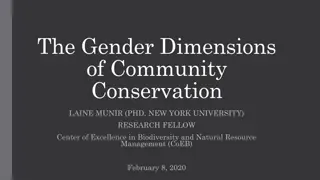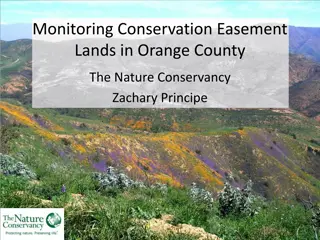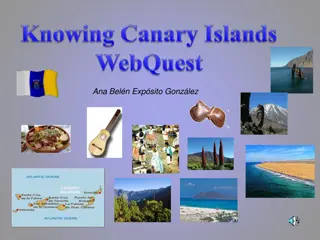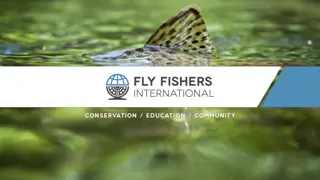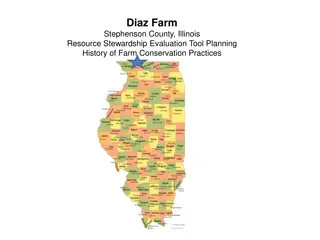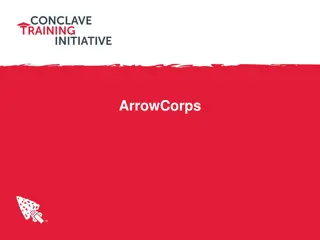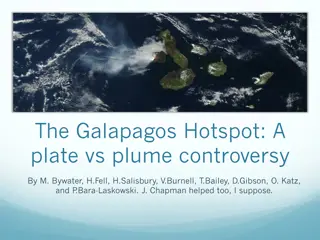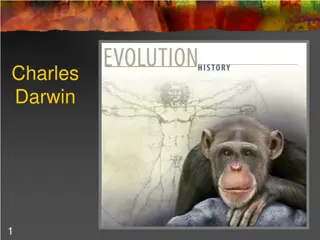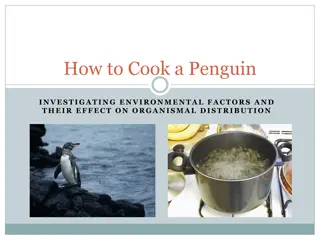Conservation Efforts in the Galapagos Islands
Increase in human populations in the Galapagos Islands has led to habitat disturbance and overexploitation of resources, threatening native species like giant tortoises and causing invasive species to disrupt ecosystems. Conservation efforts are underway, including sustainable management practices like culling non-indigenous species and creating marine reserves to protect the unique biodiversity of the islands.
Download Presentation

Please find below an Image/Link to download the presentation.
The content on the website is provided AS IS for your information and personal use only. It may not be sold, licensed, or shared on other websites without obtaining consent from the author.If you encounter any issues during the download, it is possible that the publisher has removed the file from their server.
You are allowed to download the files provided on this website for personal or commercial use, subject to the condition that they are used lawfully. All files are the property of their respective owners.
The content on the website is provided AS IS for your information and personal use only. It may not be sold, licensed, or shared on other websites without obtaining consent from the author.
E N D
Presentation Transcript
Habitat disturbance Increase in human populations creates pressure on resources. Food/ building/ Pollution Oil drilling nearby leading to oil spills eg 2001 Fragmentation of habitats Lonesome George David Attenborough
Over exploitation of resources Whalers and seal fur hunters Giant tortoises taken for food 200 000 in 50 years Removing exotic species e.g. sea cucumbers and sharks for shark fins
Invasive species goat culling Goats out compete tortoises for food (rock purslane). Trample area and ruin nesting sites changing the habitat on Isabella to grassland Cats hunt native species Red quinine tree on Santa Cruz out competing Cacaotillo shrub removing nesting sites for the petrel Red quinine out competes Scalesia trees native to the area which supports indigenous food webs and forms part of the native ecosystem.
Solutions Sustainable management and conservation Leadership in conservation involving Charles Darwin research Station, local fishermen, Tourist industry Created a Galapagos Marine reserve in 1998 which surrounds the islands by 40 nautical miles 36% of coastal zones are designated No Take areas Culling of non-indigenous species such as goats Quarantines system to search arrivals for foreign species
